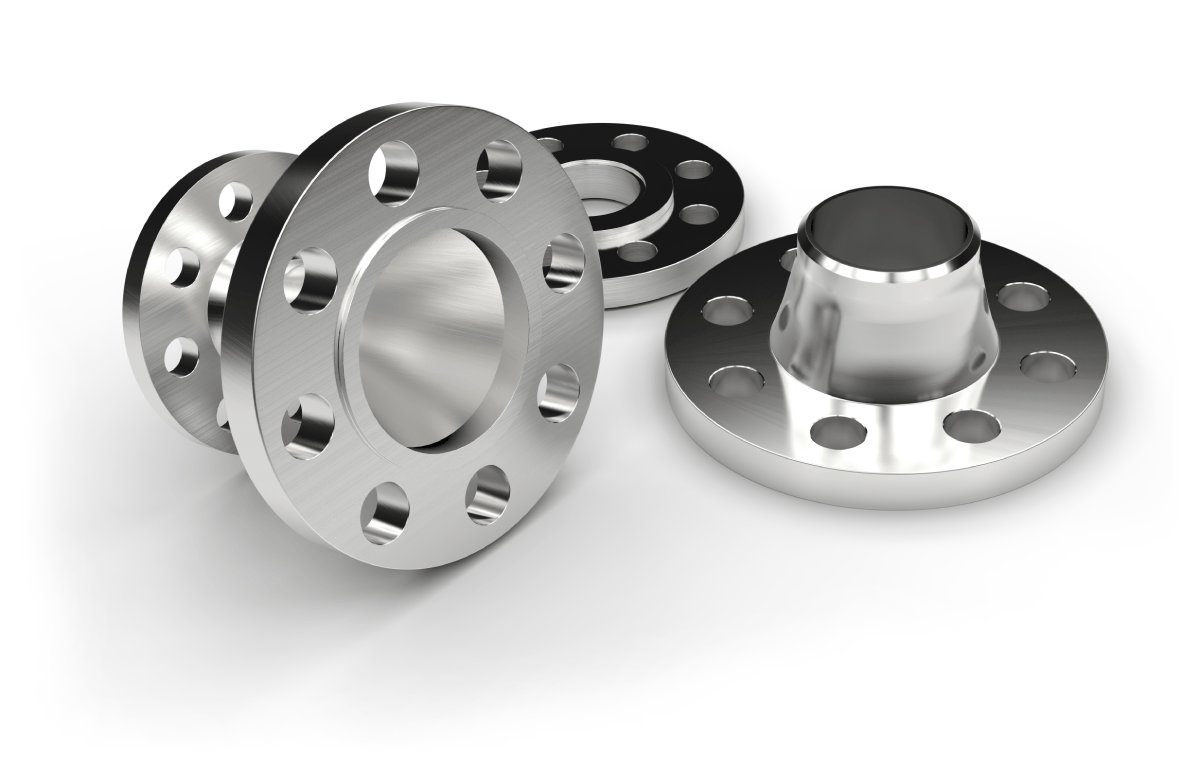Fire hydrants are crucial components of fire protection systems and are designed to provide a readily available water supply for firefighting purposes. Here are some key features of fire hydrants:
- Water Connection: Fire hydrants have an inlet connection that allows them to be connected to the municipal water supply or a dedicated fire protection water system. This connection ensures a constant water supply to the hydrant.
- Hydrant Body: The main body of a fire hydrant typically consists of a sturdy and durable material such as cast iron or ductile iron. It is designed to withstand the operating conditions and provide long-lasting performance.
- Hydrant Cap: The uppermost part of a fire hydrant is the hydrant cap. It is usually made of a non-corrosive material, such as aluminum or brass, and is removable to access the internal components of the hydrant.
- Hydrant Outlet: Fire hydrants have one or more outlets located on the sides or the front of the hydrant body. These outlets are typically threaded and are used to connect firefighting hoses, nozzles, or other firefighting equipment.
- Operating Nut: Fire hydrants feature an operating nut or valve stem that extends from the hydrant cap down to the valve assembly within the hydrant body. This nut is used to open or close the hydrant valve, controlling the water flow.
- Valve Mechanism: The valve assembly inside a fire hydrant controls the flow of water. There are different types of valve mechanisms used, such as compression valves, gate valves, or ball valves. These valves are designed to provide reliable shut-off and regulate water flow effectively.
- Drain Valve: Fire hydrants often have a drain valve located near the base or at the bottom. This valve allows for draining water from the hydrant when not in use, preventing freezing or damage during cold weather.
- Hydrant Markings: Fire hydrants are typically color-coded to indicate their flow capacity and water pressure availability. Common color codes include red, orange, green, or blue, depending on the local standards and regulations.
- Reflective Markings: Many fire hydrants are equipped with reflective bands or markers to improve visibility during low-light conditions, aiding firefighters and emergency responders in locating the hydrants quickly.
- Pressure Rating: Fire hydrants are designed to withstand specific water pressures. The pressure rating indicates the maximum water pressure the hydrant can handle, ensuring its safe and reliable operation.
- Compliance with Standards: Fire hydrants should comply with relevant industry standards and regulations, such as those established by the American Water Works Association (AWWA) or the National Fire Protection Association (NFPA). Compliance ensures that the hydrant meets necessary safety and performance requirements.





























Reviews
There are no reviews yet.